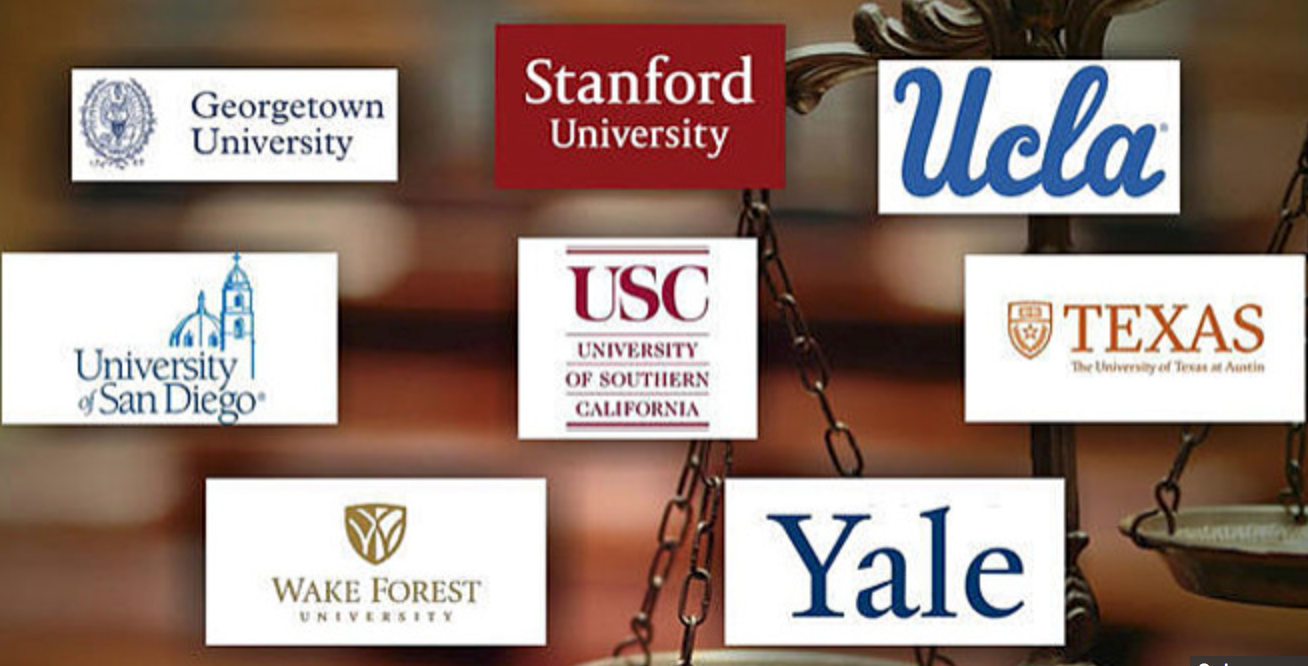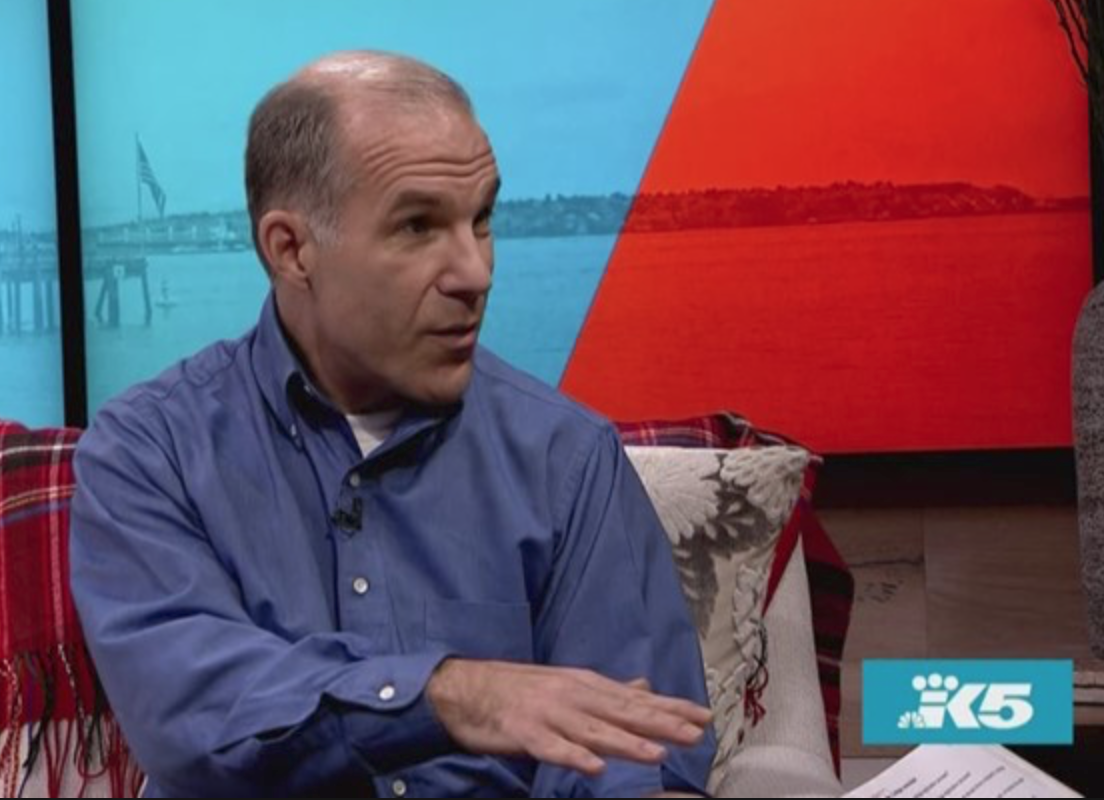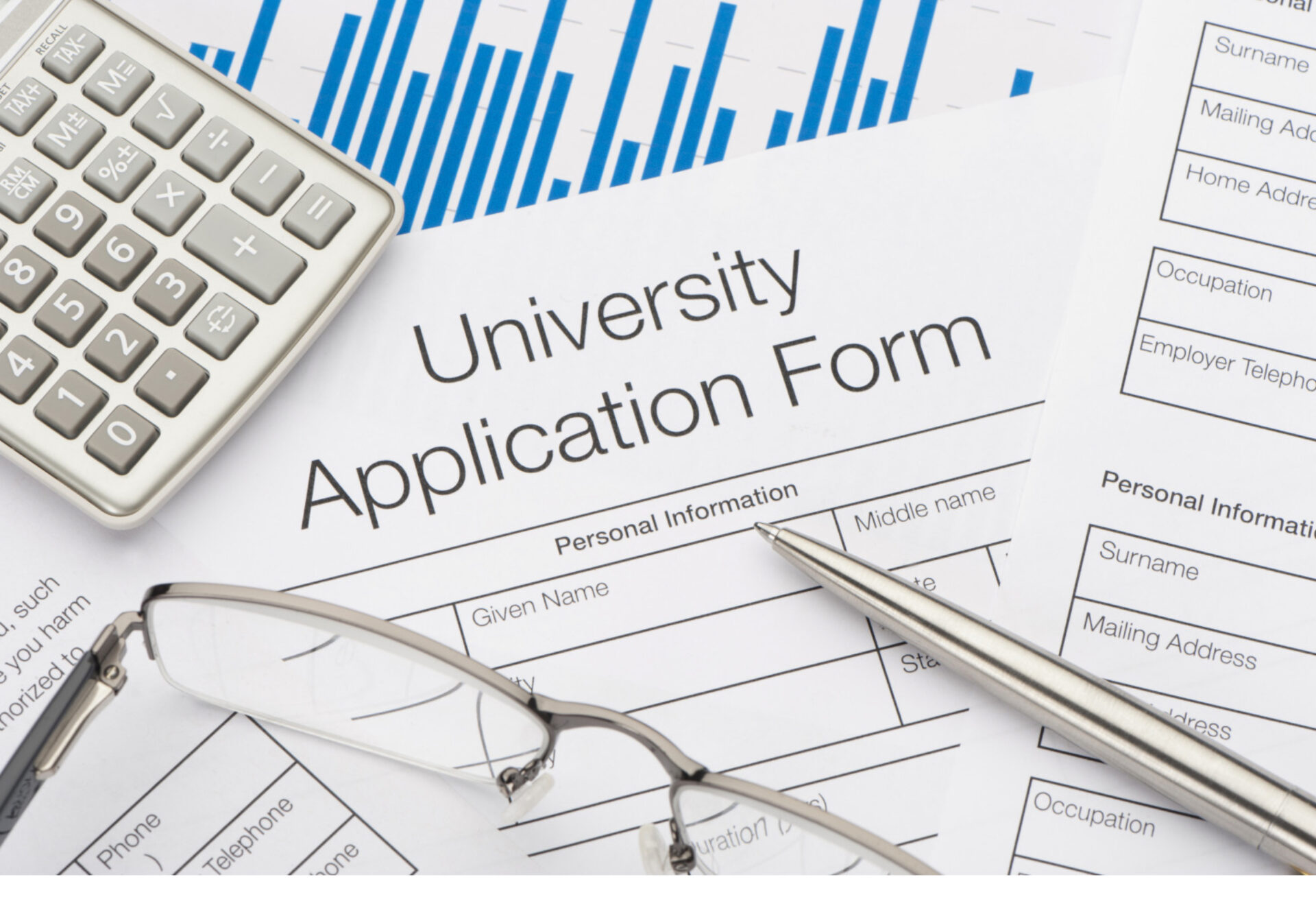A salacious scandal can be so very captivating, and Operation Varsity Blues definitely qualifies as a good scandal. It highlights many unsavory human characteristics, such as greed, power, deceit, cheating, personal gain at all costs, vainglory, and incredulity… just because it’s fun to say. But the real scandal in college admissions isn’t the tiny percentage of fraudulent student applications. The real scandal is something much larger, covert, and devastating to students and families preparing for college honestly. The scandal is, access to information.
This post is about much-less-exciting issues associated with the college application and admissions process that has recently fallen from grace. These issues are, however, much more important than the high profile scandal currently distracting us from looking behind the curtain of the college applications and admissions process. Pay no attention to those levers, just keep your eyes on the big money and Hollywood glitter.
Here is a perspective from ten-thousand feet on this current issue and situation.
Admissions…the reality –
- There are over 3,000 four-year colleges in the US, not just the 100 that US News and World Report would like us to believe.
- Eighty percent of US colleges accept at least 50% of their applicants
- There are only about 30 schools with an acceptance rate of less than 15%, with Stanford/Harvard hovering around 4.5%, but Curtis Institute of Music leading the pack at 4.3%.
- Over 2 million students apply to college each year.
- If the Varsity Blues “scandal” includes more than a 1,000 students—and it won’t—that would still only be a tiny fraction of 1% of students applying and getting accepted to college. It is a tiny fraction even if we only looked at 100 of the schools with the lowest acceptance rates.
Standardized Tests… the reality –
- Over 1.6 million students take the SAT each year and about the same number take the ACT. (The College Board, the company that provides the SAT, is an incredibly profitable not-for-profit company with high-paid lobbyists and its not-for-profit status is regularly called into question.)
- The scandal shouldn’t be that people can and did cheat on the SAT, the scandal should be that the SAT is not a predictor of future college success and yet it is one of the most important evaluation components at many universities and colleges.
- Over 1000 US schools have dropped or don’t require the SAT/ACT admissions requirement. Even well-known schools such as: (U of Chicago, Wesleyan, George Washington, Brandeis, Pitzer, Bowdoin, etc.) don’t use the SAT for admissions evaluation. And there are many more schools following suit. The College Board is not pleased…and shouldn’t be given they make hundreds of millions of dollars from the SAT each year. I would be remiss not to mention that the ACT is run by a reputable not-for-profit organization and doesn’t employ lobbyists to promote their test like The College Board (SAT) does.
- The number of incidents involving fraudulent ACT/SAT tests is a fraction of a fraction of a percent. Does bribery—or rather, debauchery, because it’s more fun to say—occur? Sure. Is it wide-spread? No. Is it statistically significant? Definitely, No. Is it salacious? Absolutely!
Coaches and Admissions Representatives… the reality –
- To believe, or even assume, that there are more than a handful of fraudulent coaches and admissions representatives at colleges in the US is offensive to those thousands of coaches and college admissions representatives who are doing great work for students, families, and colleges/universities. Do cheaters exist in those professions? Yes. Would more than a handful be able to operate without being caught? Not a chance.
Then what should students and families focus on in order to make a college application as strong and competitive as possible? What are the best ways to develop appropriate, effective, and competitive applications (and test scores) through diligence, planning, and study… that are much more productive than focusing on the incredibly small number of bad actors?
Rather than focus on the titillating things, focus on positive things that all students and families can control, things like tenacity, integrity, perseverance, hard work, creativity, mission alignment, and most importantly, preparing a plan early. Research the college application process early and get advice on how to prepare. Again, rather than focus on debauchery, take a step back and acknowledge the much more important and positive ways to spend our time and energy.
Your Story –
Admissions representatives and application evaluators consistently identify a student’s story, academic record, and recommendations working together as a “cohesive and unified statement” as the most effective and influential part of a competitive college application.
Essay + Recommendations + EC’s = Your Story. All application components should strongly resonate the same story and build a clear picture of who you are, what is most important to you, your character, sense of humor, and yes…even those things you need to work on. Providing evidence of “Humble Swagger” is something that college admissions representatives will not only appreciate, but they will also champion.
Time and Preparation –
When I work with students, the most valuable commodity is… time. Time to prepare a student and time for a student to prepare.
An essay written over a weekend can never be as thoughtful and polished as an essay developed, re-worked, percolated, and refined over a few months and multiple drafts. Again, admissions representatives tell us that drafts and refinement are just as evident as having someone else “over-helping” the process. And yes, they can tell.
When writing a personal statement essay a reader/evaluator should see a clear picture of who you are, what is most important to you, your character, influences, ambitions, goals, and excitement for the future. That is a big burden for a 650-word statement. To do that well requires time, percolation, cogitation and time. Start early. Get feedback. Draft. Draft. Draft.
Consistently studying for the SAT over six months a little at a time will provide much greater results than cramming for a weekend. I know, that’s boring… but true. One of the best correlations to SAT/ACT improvement is the number of practice tests taken. Intentional study of unmastered content identified during practice tests also correlates to improved scores. With dozens of free, online, timed, full-length SAT tests w/answers… there is no excuse not to prepare. I personally know a student who raised their SAT score from 1080 to 1480 in six months using Khan Academy, taking a full-length practice test every other week, and studying for four-six hours on unmastered content between tests. I didn’t think that was possible. I also know many students who have scored 1500+ using only Khan Academy to prepare.
Okay, what SHOULD college-bound students and families be most concerned with? It isn’t Photoshop skills, paying someone to take your SAT, or worrying about cheaters. It is much less glamorous.
- Know the Early Decision/Action process– unless you know about the different application periods (Early Decision, Early Action, General Admission, etc.,) the pros/cons of each, and have the support and knowledge to complete your application on time, you are at a significant disadvantage for admission. At some schools, the admissions rate it 100% higher during Early Admissions—schools like Stanford. At some schools, your chances are 200% higher applying Early Action – like U Penn. If you have the resources and support—as well as access to navigate and understand the application process— you are at an advantage. People with money often know about this admissions advantage, prepare their students earlier, and apply with a significant advantage.
- Leverage free resources– If you know about them, they can help you prepare to be competitive. A few include Khan Academy – SAT prep and the podcast College Admissions with Mark and Anna– all things college applications/admissions. (A shameless plug indeed!)
- Fly-In Programs– “There is no substitute for meeting face-to-face.” Research which colleges provide and pay for visits to their school. (Project Greenlight provides a compiled on-line list of participating schools)
- Research schools—early and with intention—and know why you are going to college. For example, do you know your personal, academic and professional mission? Are they the same or are they different? The schools you apply to should have “mission alignment” with your mission. When mission alignment is showcased in your application as part of Your Story, schools know that you love them and mean it. That’s when schools not only admit you, they may give you money.
- Get off the screen, social media, and Netflix. Once addicted, it is hard to fit in all the college preparation—including GPA maintenance—as well as building your “Brand” “Story” “Special Sauce.” Acknowledging the problem is the first step. Teens hate it when we say that. I recommend, iGen – Jean Tenge, and Irresistible – Adam Alter. These research-driven books will radically shift your perspective on our relationship with screens and who/what is turning on who/what.
- Meet people and build relationships– These people will be your support system, your network, and your recommendations. (If you spend all your time in front of a screen you are not fostering these critical components of your college application…and your life.) I challenge teens with the same challenge I was sagely provided, “Meet a new person every day.” Priceless, but usually not very salacious.




